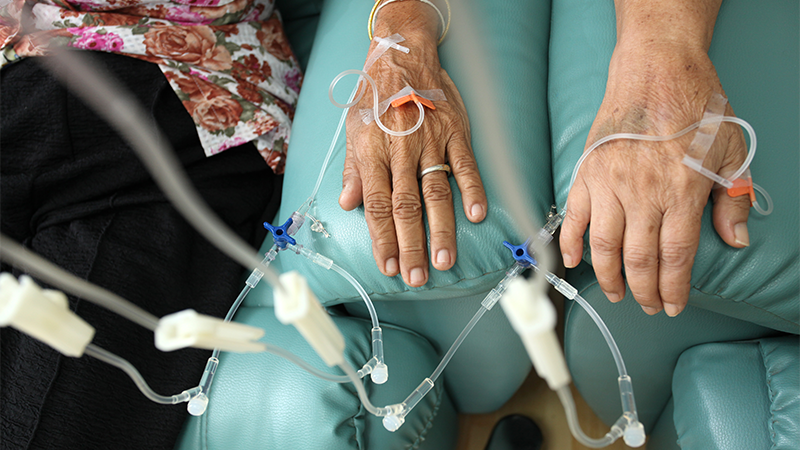Prevention and management of chemotherapy-induced nausea and vomiting
Nausea and vomiting are among the most frequently experienced toxic side-effects associated with chemotherapy. Although nausea and vomiting can result from surgery or radiotherapy, chemotherapy-induced nausea and vomiting (CINV) is potentially the most severe and most distressing. Estimates regarding the incidence of CINV vary depending on the treatment administered and individual patient characteristics.The impact of CINV on quality of life (QoL) and daily activities is considerable. Pharmacological treatments are considered routine for CINV. Clinical guidelines now recommend that patients receiving moderate emetic chemotherapy (MEC) regimens be preferentially treated with palonosetron, the 5-hydroxytryptamine type 3 (5-HT3) receptor antagonist, in combination with dexamethasone. In addition, it has shown that single-dose fosaprepitant is equivalent to the standard 3-day aprepitant regimen (the neurokinin 1 (NK1) receptor antagonist). Despite these advances in antiemetic management, approximately 50% of patients receiving chemotherapy still experience nausea and/or vomiting. Further improvements are still desirable, particularly in the prevention and treatment of delayed CINV. Non-pharmacological interventions can be possible adjuncts to standard anti-emetic therapy. Using new technologies to collect patient-reported outcomes may improve the accuracy of assessment, provide a better picture of the patient's experience of these symptoms, and provide a means to simultaneously monitor symptoms, educate patients, and collect longitudinal data.
Saeed Moradian - Post-doctoral Research fellow
Doris Howell - Associate Professor, Lawrence Bloomberg Faculty of Nursing, University of Toronto & University Health Network, Princess Margaret Cancer Care, Toronto, Canada
